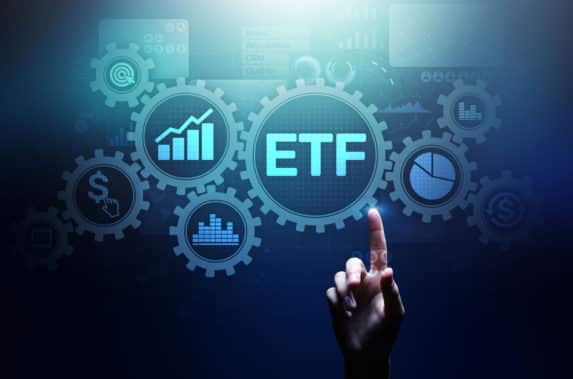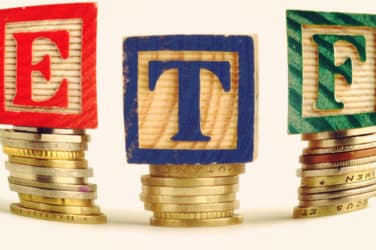
- ESG ETFs saw net inflows of US$89 billion in 2020 – three times higher than 2019
- Climate-focused ETFs could see inflows accelerate record pace in 2021
ESG ETFs record net inflows of US$89 billion last year – almost three times more than the US$31 billion recorded in 2019, and ten times the US$9 billion in 2018, according to analysis from Bloomberg Intelligence (BI).
BI’s analysis shows ESG ETFs have seen the highest inflows among smart-beta strategies in the US and Europe suggesting ESG investments tend to be sticky, non-cyclical and can be viewed as long-term holdings.
However clean energy, one of the more volatile themes, has been seeing increasing inflows which could see ESG as a whole becoming more cyclical.
Flows are fairly concentrated, with three ETFs from the iShares Aware range accounting for 18% of ESG and increased inflows may be driven by asset managers moving their own ETFs into model portfolios, which might not represent organic market demand.
BI’s analysis reveals that funds from BlackRock, Vanguard, UBS and Invesco saw some of the largest inflows last year.
Athanasios Psarofagis, ETF analyst at Bloomberg Intelligence, said: “This year could see inflows to climate-focused ETFs accelerate from an already record pace, driven by favourable policies, lifting the entire ESG asset class as managers add carbon criteria to an increasing number of socially conscious funds. Yet as clean-energy flows take a larger share of the pie, they increase the volatility of overall ESG investing.”
A low-carbon screen is fast becoming the norm for ESG funds, according to BI. This boosted flows to climate ETFs, which could continue to see support from favourable policies like the European Green Deal. Clean energy fund flows rose 13 times faster last year compared to 2019, while low-carbon or fossil-free funds rose five times faster.
Rising flows to clean energy reflect recent performance, though high volatility and fees make such interest cyclical. During the downturn, clean-energy ETFs had big declines in performance and flows. Similar to clean energy, BI is seeing that complex ESG themes like diversity and inclusion are often more expensive, with such funds risking liquidation unless returns justify costs.
Source: Bloomberg Intelligence






